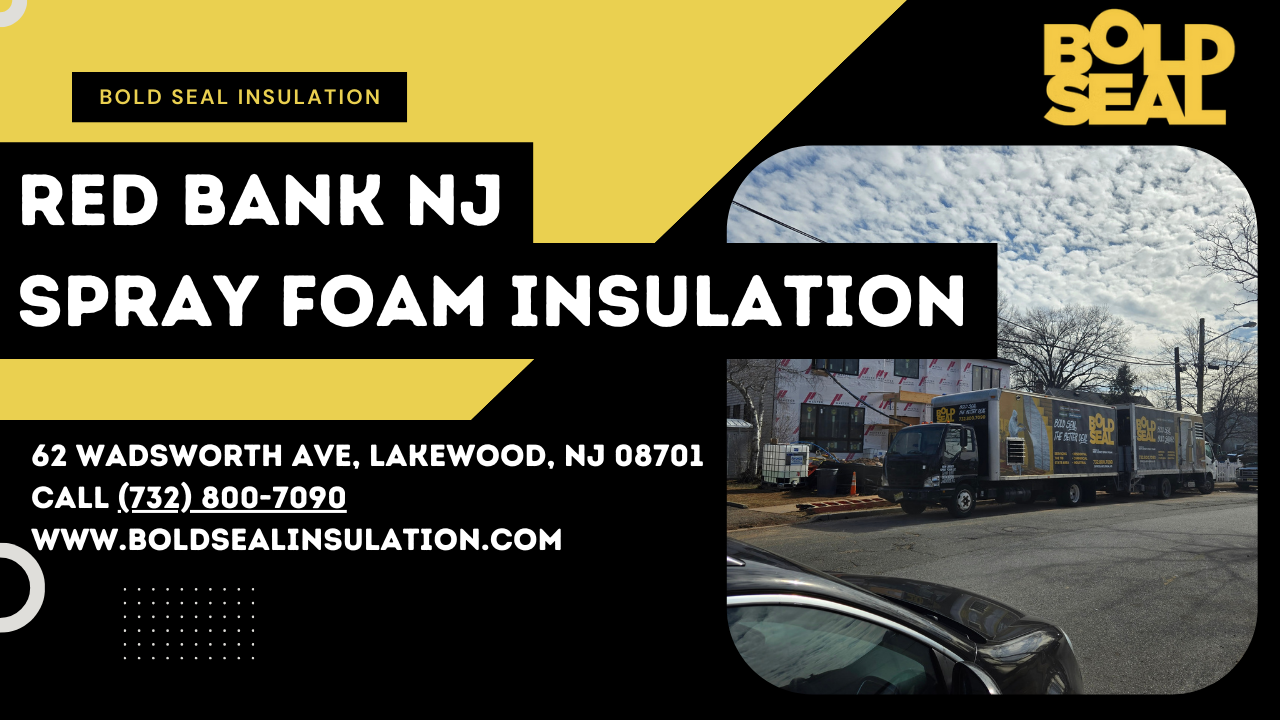Summer heat relentless? High energy bills driving you crazy? It's time to upgrade your home's insulation and reclaim your comfort. This guide will help you choose the best insulation for hot climates, saving you money and keeping your home cool all season long.
Why Is Insulation Crucial in Hot Climates?
Insulation is your first line of defense against scorching summer temperatures. In hot climates, effective insulation significantly reduces heat transfer into your home, minimizing reliance on air conditioning. This translates to lower energy bills, a more comfortable living environment, and a smaller carbon footprint. Proper insulation contributes to better temperature control, enhanced energy efficiency, superior heat resistance, and ultimately, superior summer comfort. By creating a thermal barrier, insulation helps maintain a consistent indoor temperature, preventing heat from penetrating your walls and ceilings. This reduces the workload on your cooling system, saving you money and energy. Moreover, proper insulation plays a significant role in maintaining humidity control and preventing the growth of mold or mildew, leading to a healthier home environment.
What Types of Insulation Excel in Hot Climates?
Several insulation types are particularly well-suited for hot climates, each offering unique advantages. Key considerations include radiant barrier, reflective insulation, spray foam insulation, fiberglass insulation, and cellulose insulation. Choosing the right type depends on factors such as your budget, the construction of your home, and your specific climate conditions. Each of these options provide different levels of thermal resistance and energy savings.
Radiant Barrier Insulation
Radiant barriers work by reflecting radiant heat away from your home, preventing it from penetrating interior surfaces. They are typically installed in attics or under roofs. This reflective insulation works exceptionally well in climates with intense sunlight and high solar radiation, creating an effective passive cooling system and significantly reducing energy consumption during the summer.
Spray Foam Insulation
Spray foam insulation stands out due to its exceptional air-sealing capabilities and high R-value, making it a top choice for comprehensive thermal protection. It fills all gaps and cracks, preventing air infiltration and drastically improving energy efficiency. The closed-cell variety offers superior moisture resistance, making it ideal for humid or damp climates. This advanced insulation ensures significant heat resistance and offers superior comfort during summer months.
Fiberglass Insulation
Fiberglass insulation, available in batts or blown-in form, is a widely used, cost-effective option. Fiberglass batts are easy to install in wall cavities and attics, while blown-in fiberglass can fill irregularly shaped spaces. While less effective than spray foam in air sealing, fiberglass still provides good thermal resistance, offering a balance of cost and performance, especially when installed properly to prevent gaps and air infiltration. However, it's crucial to consider its lower R-value compared to spray foam insulation, and its performance can be reduced by improper installation.
How Does R-Value Impact Insulation's Performance in Hot Weather?
The R-value is a crucial measure of thermal resistance. A higher R-value indicates better insulation. In hot climates, you'll want insulation with a high R-value to maximize resistance to heat transfer and keep your home cool. High R-value insulation minimizes heat transfer and contributes to lower energy consumption. Achieving a balance between R-value, insulation cost, and other considerations ensures optimal energy efficiency for your home. The material's thermal mass also plays a role, affecting how quickly it absorbs and releases heat. Low thermal conductivity is another desirable characteristic for hot climates.
Beyond Temperature Control: Additional Benefits of Proper Insulation
Effective insulation offers benefits beyond just temperature regulation. It helps control humidity levels, creating a healthier indoor environment. Moreover, it acts as a moisture barrier, preventing water damage and mold growth. Good insulation contributes to better air sealing, reducing drafts and air infiltration. In addition, certain insulation types can provide improved pest control and even soundproofing, making your home quieter and more comfortable overall.
Efficient Insulation Installation: DIY or Professional?
Installing insulation yourself can save money, but it requires skill and attention to detail to ensure proper coverage and prevent gaps. For complex projects or large areas, professional installation is often recommended to guarantee effectiveness and avoid potential issues. Professional installers possess expertise in insulation installation techniques, ensuring proper air sealing, resulting in optimal energy efficiency and avoidance of future problems. Understanding local building codes is also crucial for proper installation.
Insulation Costs: A Comparison
Insulation costs vary depending on the type, R-value, and installation method. Spray foam https://freehold-township-nj-07731-w-o-9-7-4.trexgame.net/unlock-lakewood-nj-s-public-library-a-2025-resource-guide is generally more expensive upfront than fiberglass but offers superior long-term energy savings. Radiant barriers can be a relatively affordable option, particularly when installed in conjunction with other insulation types. Careful planning, based on your renovation budget and projected energy savings, allows making an informed choice. It's crucial to factor in both initial installation cost and long-term energy savings when comparing different options.
Frequently Asked Questions
Q: What insulation is best for extreme heat? A: Spray foam, radiant barriers, and reflective insulation are excellent choices for extreme heat due to their superior heat resistance properties.
Q: How do I calculate the needed R-value? A: Your climate zone, building orientation, and specific area being insulated determine the appropriate R-value. Consult building codes and energy efficiency guidelines for your region.
Q: Is DIY insulation advisable? A: DIY is possible for simple projects, but professional installation is best for complex situations to ensure proper effectiveness.
Q: What signals that my home needs better insulation? A: Increased energy bills, noticeable hot spots, and fluctuating indoor temperatures are key indicators.

Conclusion:
Choosing the right insulation is key to creating a comfortable and energy-efficient home in a hot climate. By understanding the different types of insulation and their properties, you can make an informed decision that meets your needs and budget. Remember to consider factors like R-value, installation costs, and long-term energy savings when making your choice. Investing in proper insulation is an investment in your home's comfort, value, and sustainability. Contact a qualified insulation contractor today for a consultation and let them help you create a cooler, more comfortable, and energy-efficient home.